Advertisement
Help Keep Boards Alive. Support us by going ad free today. See here: https://subscriptions.boards.ie/.
https://www.boards.ie/group/1878-subscribers-forum
Private Group for paid up members of Boards.ie. Join the club.
Private Group for paid up members of Boards.ie. Join the club.
Hi all, please see this major site announcement: https://www.boards.ie/discussion/2058427594/boards-ie-2026
Building an ocean going houseboat! - The Quidnon
-
18-01-2017 10:54AM#1
Comments
-
-
-
-
-
-
Advertisement
-
-
-
-
-
-
Advertisement
-
-
-
-
-
-
-
-
-
-
-
Advertisement
-
-
-
Advertisement
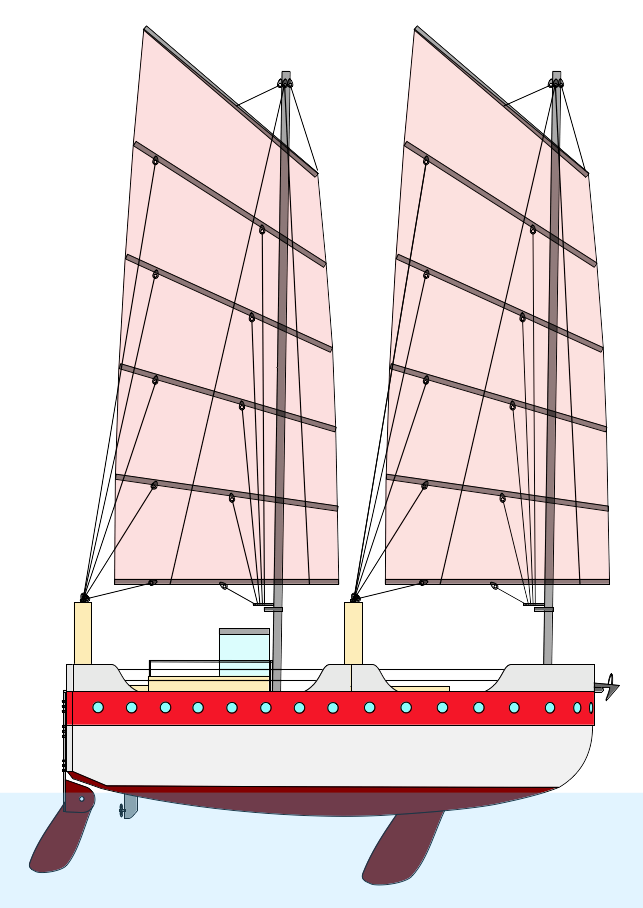
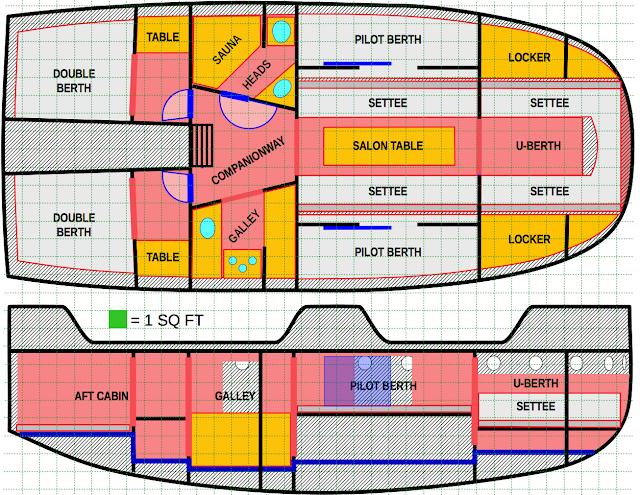


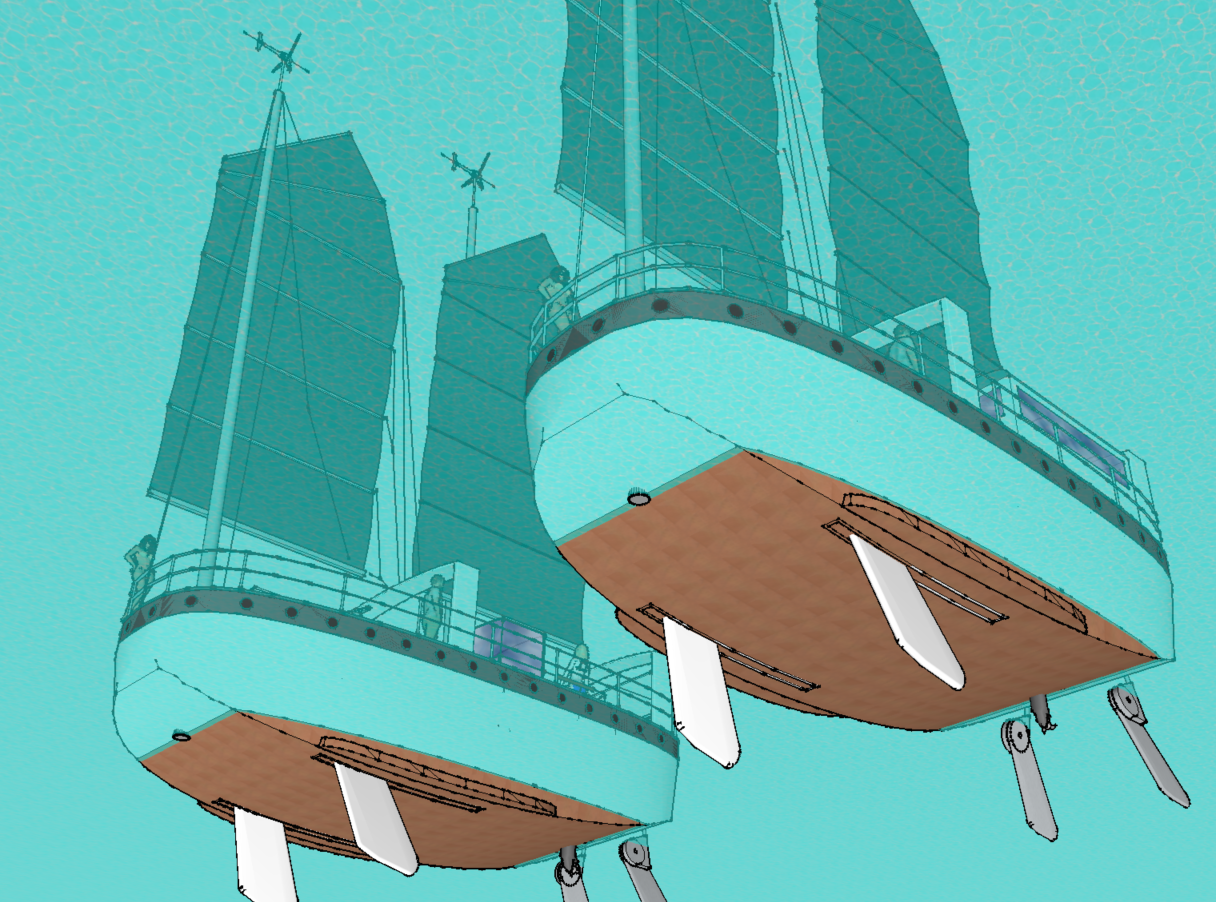

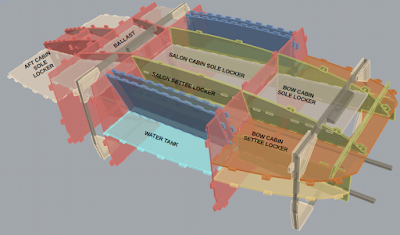

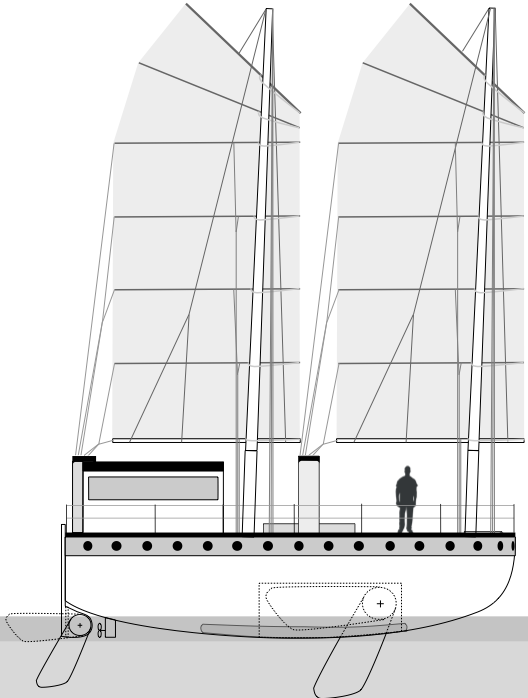
 https://www.youtube.com/watch?v=0jsPOlg7Ovc
https://www.youtube.com/watch?v=0jsPOlg7Ovc https://www.youtube.com/watch?v=-K0OOxjii2U
https://www.youtube.com/watch?v=-K0OOxjii2U